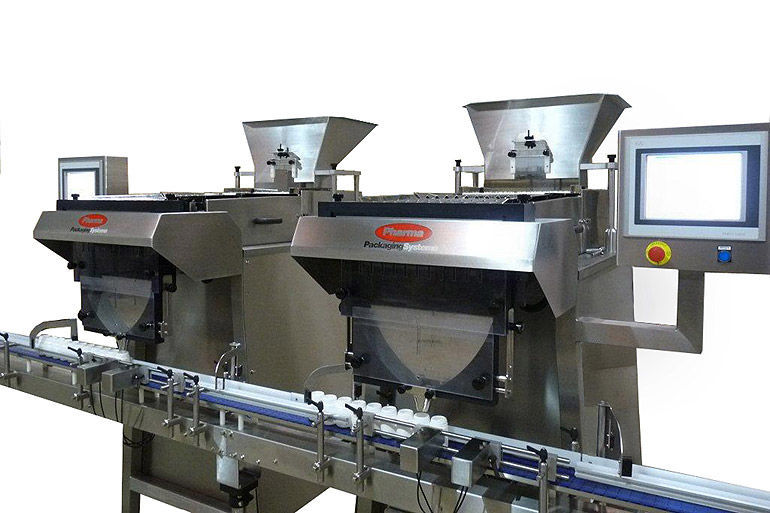Child Safety Seats and Booster Seats

According to research by NHTSA, in the first 20 years, approximately 7,000 lives were saved by the proper use of child restraints. As safer seats are developed and facilities made available to ensure a safe installation, the yearly figures are improving.
NHTSA suggests replacing child safety seats after five years or after an accident and sending the registration card to the manufacturer so that you’re notified in case of a recall.
Child safety seat requirements
Even with all the publicity, the sad fact is that many parents remain ignorant about the proper way to seat their children in a vehicle, and research has found that thousands of child safety seats are improperly installed. No single seat can carry a child safely from infancy through childhood and children need special seating much longer than many would assume.
Obviously, it’s impossible to place more than one child in that position, but children are still better off in the rear than in the front passenger seat. With two kids, place the younger one in the center of the back seat and the other on the passenger side of the back seat so that you can see both of them clearly in the rear-view mirror.
If you’re concerned about keeping an eye on children in the back seats, aftermarket wide rear-view mirrors are available to give you a good view. Instead of turning around while you’re at the wheel, learn to “talk to the mirror,” and if pandemonium ensues, pull over and park at the side of the road before dealing with it face-to-face.
There are convertible seats on the market that will take a child from toddler age until they need a booster seat, and some seats can be used as part of a stroller, on dining chairs, and in airplanes. Be sure to check that whatever type you’d like to buy is rated properly for the entire age range.
Some booster seats have backrests, some are backless, and others convert from one form to the other. If your child is old enough to sit up straight in the booster seat with his or her back against the back of the rear seat and the seat belt fits properly, unless your vehicle has low seat backs or no rear headrests, a backless booster is fine. Otherwise, a backrest is a good choice until the child’s head is higher than the backrest.
If you must place a child in the front passenger seat on occasion, make sure that the seat is shoved back as far as possible, that the child is in a safety seat that keeps him or her in an upright position, and if the vehicle has an air-bag ON/OFF switch, the “How airbags work” section in this chapter tells you how to disable the passenger-side air bag. If you have to choose which child to put in front, pick the one who can best remain restrained in the proper position, even if it isn’t the oldest or largest child.
Considering types of harnesses and anchoring systems
Child safety seats come with a variety of harnesses to keep your child securely buckled in place. Some have a three-point harness with straps that come over the child’s shoulders and connect with a buckle close to the bottom of the seat. Five-point harnesses have five straps, one for each shoulder, one for each hip, and one at the child’s crotch.
Last word
Some seats feature a padded or triangle-shaped T-shield that’s attached to the shoulder straps and the front of the seat. Still, others have a shield that drops down from overhead to keep the child in place.





